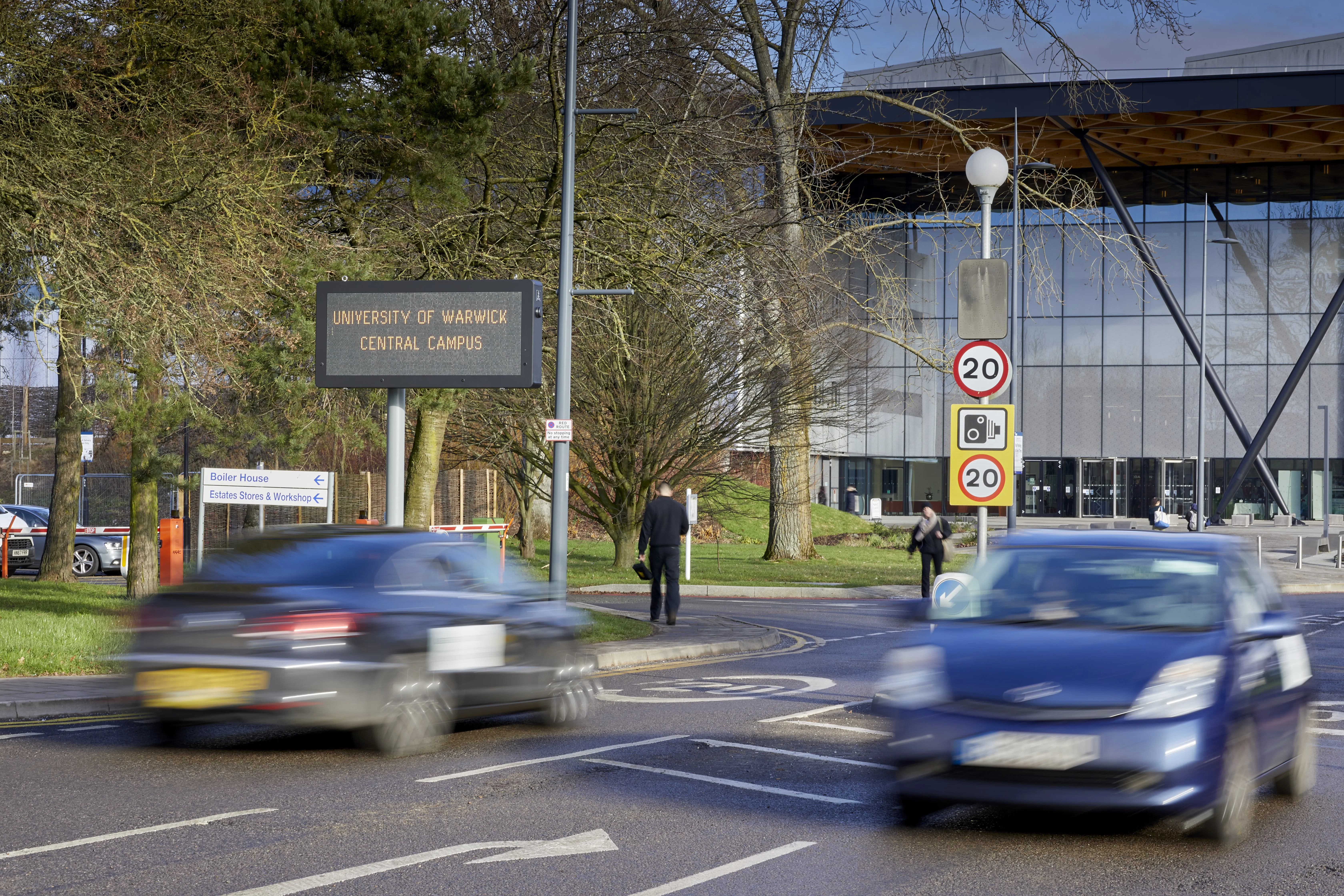Transport for London (TfL) is to implement a ‘smart parking’ system at 31 of its off-street car parks that support key locations across the London Underground network.
1,500 of Smart Parking’s RFID-equipped SmartEye vehicle detection sensors, linked via SmartLink data transmitters into the company’s SmartRep management application, will be installed across TfL’s off-street car park network. The five-year agreement, which will include the provision of equipment, maintenance and hosting, will enable car pa
December 17, 2014
Read time: 2 mins
1,500 of Smart Parking’s RFID-equipped SmartEye vehicle detection sensors, linked via SmartLink data transmitters into the company’s SmartRep management application, will be installed across TfL’s off-street car park network. The five-year agreement, which will include the provision of equipment, maintenance and hosting, will enable car park users to park, pay and walk away, with no need to return to their vehicle to display a ticket.
Each SmartEye sensor detects as a parking space is occupied or vacated. Once parked, drivers will go to a pay station or pay by phone, input their bay number and pay for a unique parking session. The technology enables the intelligent and efficient enforcement of paid-for sessions by providing real time occupancy and payment information to TfL’s preferred parking operator. The deployment for TfL will see Smart Parking technology integrated into the authority’s
“The deployment of our solution makes it much easier for drivers to find and pay for available spaces quickly and easily. It’s technology that will really come into its own at transport interchanges like the London Underground car park network,” says Group chief executive officer, Paul Gillespie.
According to Jim Short, Smart Parking’s Technology sales manager for Europe, the Middle East and Africa, the deployment of the company’s technology across Westminster and within London Underground car parks will benefit people who are travelling into and across central London.
"Our technology will allow London’s commuters, business people and visitors to make informed travel decisions. Users of the ParkRight app will be able to see real time parking space availability at their destination in central London and also at their underground car park.”









